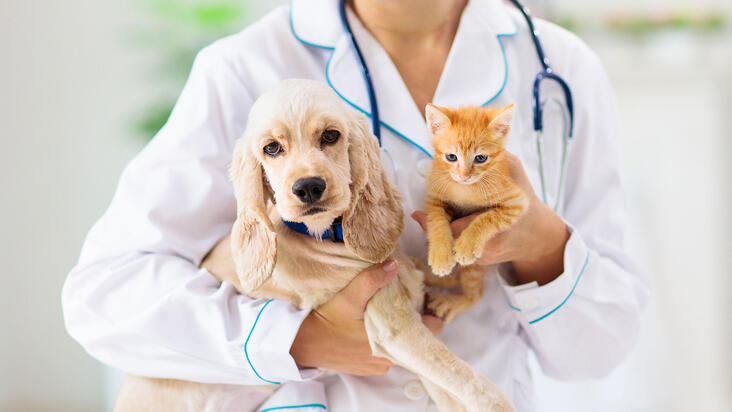If you have a pet, you know that it can be an important part of your family. However, accidents happen and sometimes your pet gets sick. If something happens and your pet needs medical care, you’ll need to cover the cost. There are different types of pet insurance and the procedure for buying it can be confusing. This article will explain the basics of pet insurance and how to buy it.
What is pet insurance?
There are a few things to consider before purchasing pet insurance. The first is what kind of pet you have. If you have a cat, for example, there are different types of coverage available for them than if you have a dog.
The second thing to consider is whether or not your pet has any medical issues. Pets can develop medical problems at any time, and if they do, insurance can help cover the costs of treatment.
Last, you’ll need to decide how much coverage you want. Most policies offer a range of benefits, from emergency care to veterinarian bills.
No matter what your decision, be sure to talk to an insurance agent about what’s best for your pet and your budget.
What are the benefits of pet insurance?
If you have a pet, you know that it can be a cherished member of the family. However, accidents can happen, and if your pet is injured or dies as a result, pet insurance can help cover some of the costs. Here are some of the benefits of buying pet insurance:
– Protection in case of injury or death: Dog insurance or cat insurance provides financial protection in case your pet is injured or killed. This can help cover veterinary bills, cremation costs, and other related expenses.
– Peace of mind: Having coverage gives you peace of mind in knowing that you’re covered should something happen to your pet. You can also use the money left over from your policy to help cover other expenses related to your pet’s injury or death.
– Savings: Most policies offer discounts for members who purchase them in bulk. This means that you could potentially save money by purchasing multiple policies at once.
How to buy pet insurance?
The first step to buying dog insurance or cat insurance is to determine what type of insurance is best for your pet. There are several different types of pet insurance and each has its own benefits and drawbacks.
The next step is to find a reputable insurer. There are a number of online providers as well as brick-and-mortar stores that offer pet insurance. Be sure to compare prices and features before selecting an insurer.
Once you have selected an insurer, the next step is to determine the coverage you require. The policies offered by most insurers cover medical expenses, accidents, and death. You may also want to consider adding coverage for theft and destruction of your pet’s property.
Finally, you need to provide the insurer with some basic information about your pet, including its name, age, sex, weight, and current address. You will also need to provide a copy of your pet’s vaccination records and any other documents that might be requested by the insurer.
Once all of the paperwork has been completed, you can begin paying premiums. Premiums vary greatly from insurer to insurer, so it is important to shop around before choosing an insurer.
What are the risks associated with not buying pet insurance?
When you leave your furry friend at home, you’re taking on a lot of risk. Not only are you leaving them open to injury or worse, but you’re also putting yourself in the position of potentially paying out-of-pocket if something goes wrong. That’s why it’s important to make sure you have pet insurance in place. Here’s a look at some of the risks you’re running without it:
- Your pet could get injured or lost while you’re out of town.
- You could face hefty vet bills if your pet gets sick or injured.
- You might not be able to afford to cover all of your pet’s medical costs should something happen.
Conclusion
If you are thinking of buying dog insurance or cat insurance, there are a few things to keep in mind. First and foremost, make sure you have an idea of what covered animals your policy will cover. This includes specifying whether your policy covers dogs and cats, just dogs or cats only, or something more inclusive like all domesticated animals (pets included). Next, consider the deductible. This is the amount that you must pay before your insurer pays out on claims. Finally, review the exclusions to see if any pets or activities are not covered by your policy.















